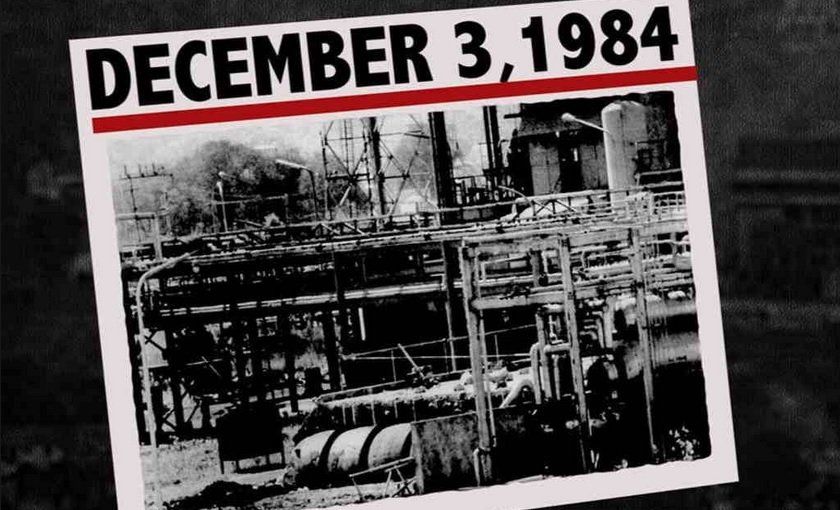Environment Protection Act
Sep 10, 2019 • 9 views
On a cold winter midnight in December 1984 when the city of Bhopal was sound asleep and the workers at Union Carbide India Ltd. pesticide plant were completing their routinely task, no one was aware about the tragedy that was about to strike the city. Suddenly, the families and workers living in mearby woke up to sound of emergency alarm bell and repugnant smell that filled the air making it difficult for the local population to breath. By the morning, more than thousand people had already died due to the gas leak that took place inside UCIL plant and spread in the atmosphere. The Methyl isocyanate (MIC) gas in the atmosphere exposed people to severe irritation in the eyes, coughing, burning sensation within the respiratory tracts. Till now, families are suffering because of the horrors committed by UCIL with more than 500,000 people affected, while owners fled the scene due to weak environmental and civil laws.

The watershed moment that led to the formulation of EPA
The Environment Protection Act of 1986 (EPA) was enacted by the Government of India under Article 253 of the Indian Constitution. The Act came in as a result of the Bhopal gas tragedy as well as on the recommendations of UN.

The EPA of 1986 enables the Central government to act or give direction for process, closure of a particular establishment violating the rules and guidelines of the Act, regulation and prohibition of an industry, and many such things that protects and ensures that the EPA is followed.
The Environment Protection Act has defined certain areas as restricted corridors due to the ecological sensitivity such as Aravalli Regions in Alwar, Rajasthan, Coastal sensitive zones, and Doon Valley in Uttarakhand.
This act ensures the environment remains intact and we can may live upon this planet earth for many centuries to come .
With many generations to come ahead of us. its a part of our responsibility to safeguard our environment.
